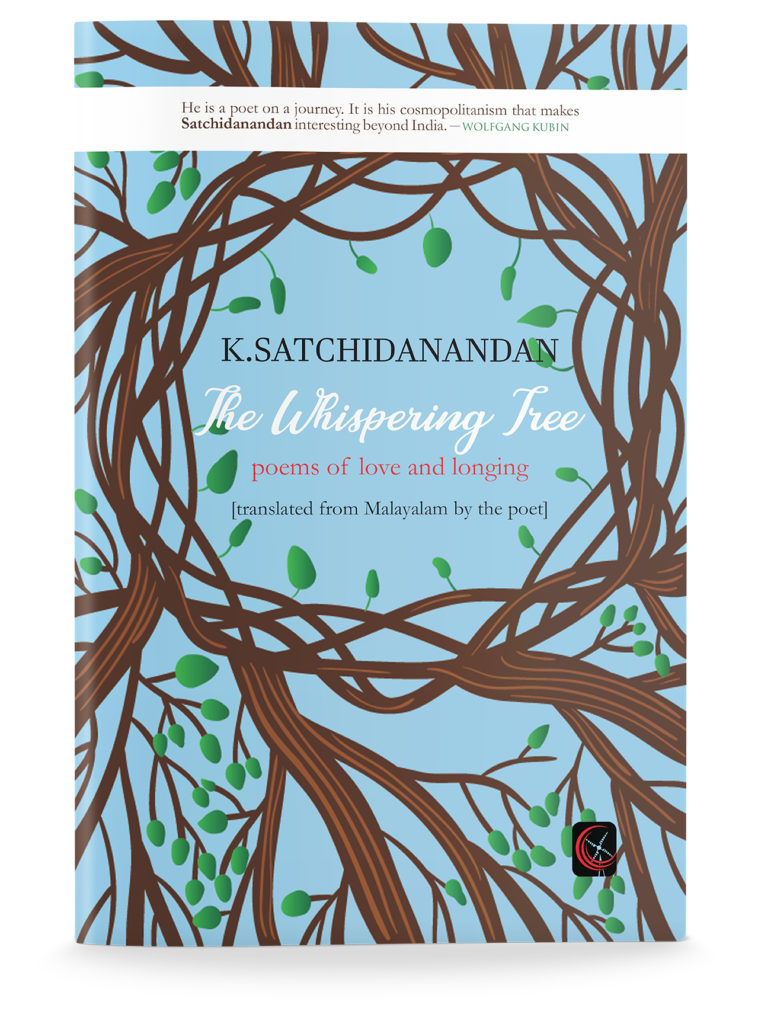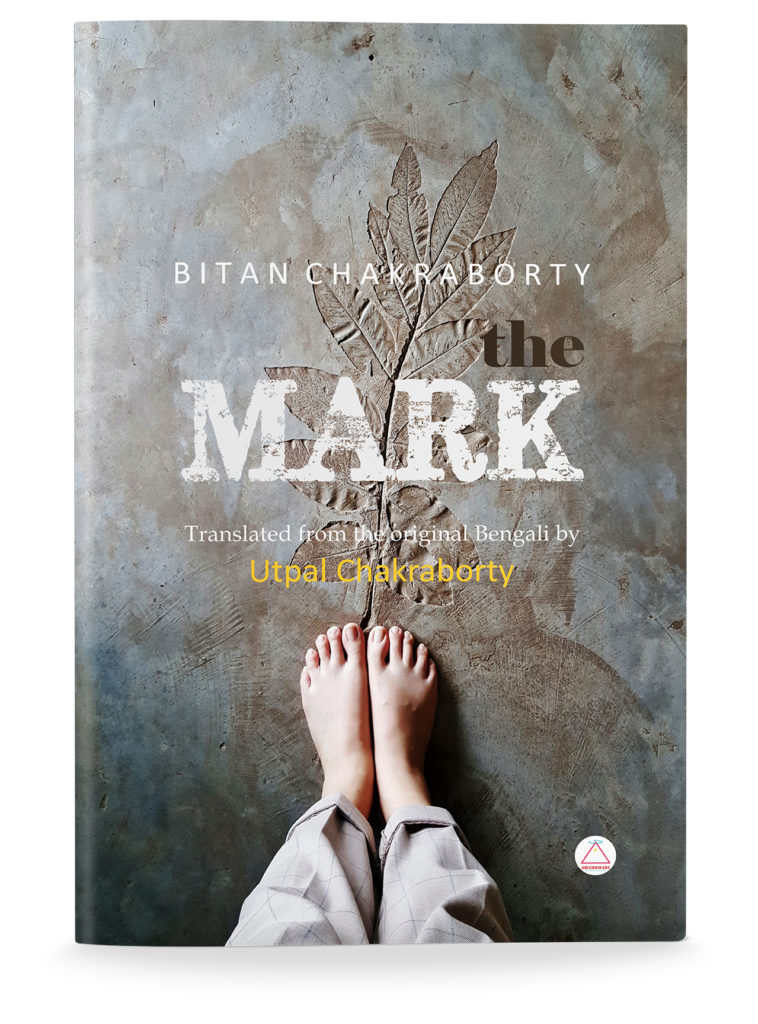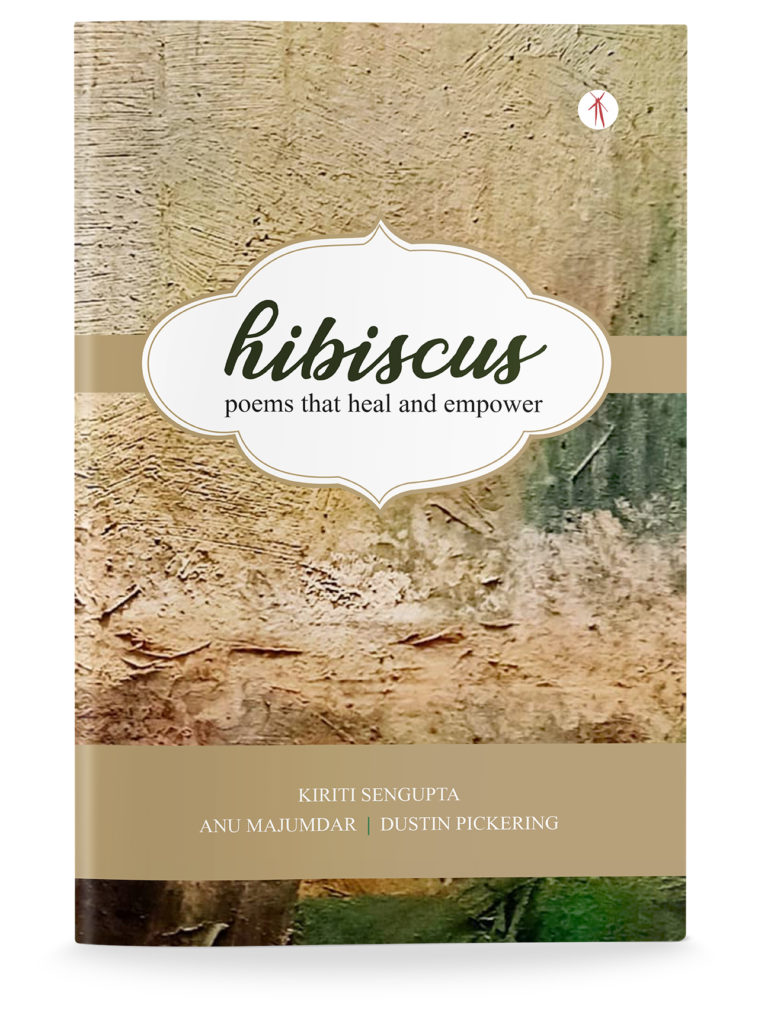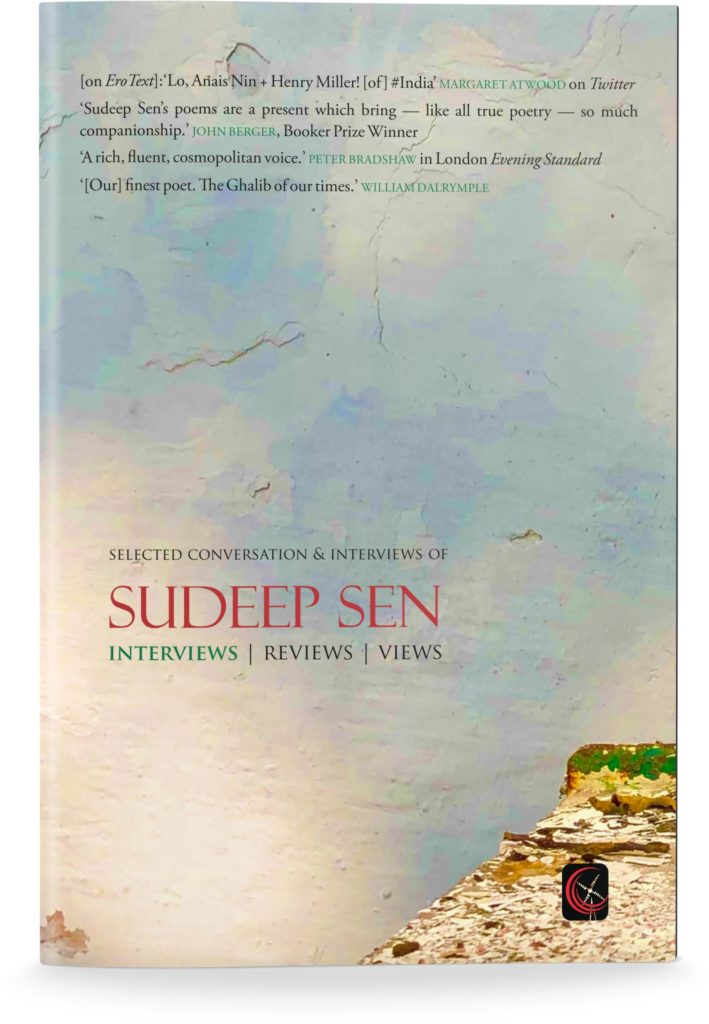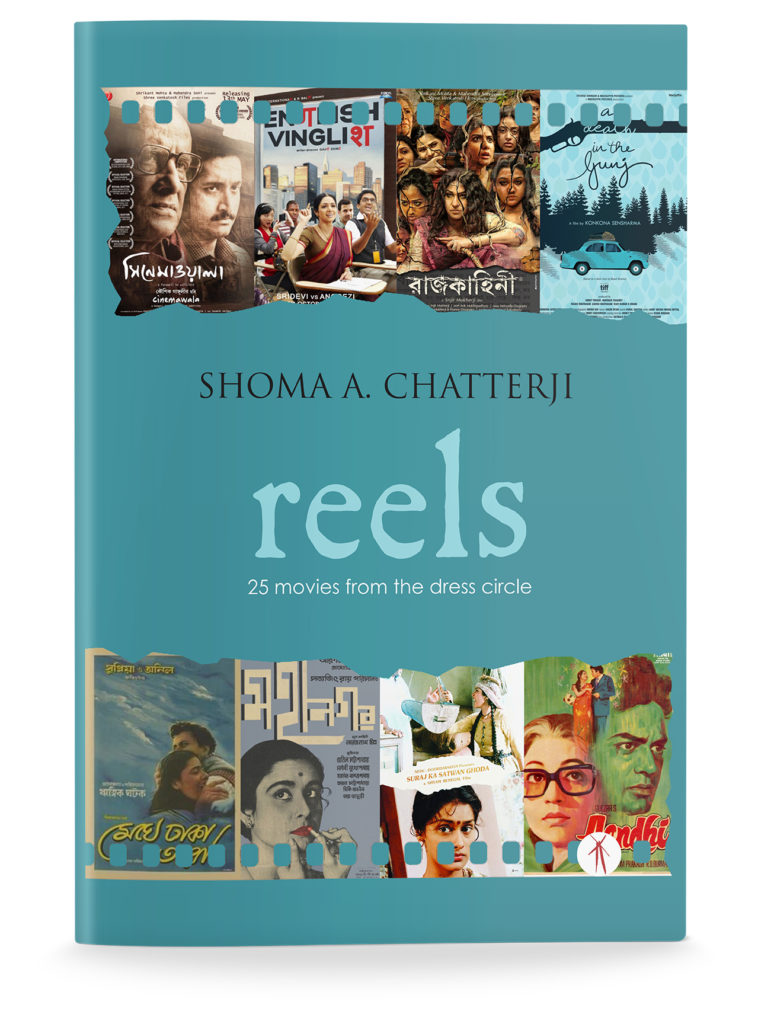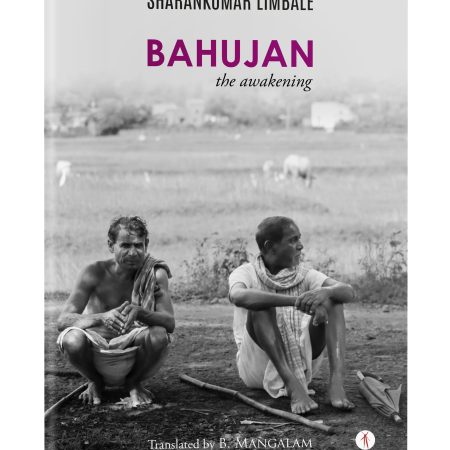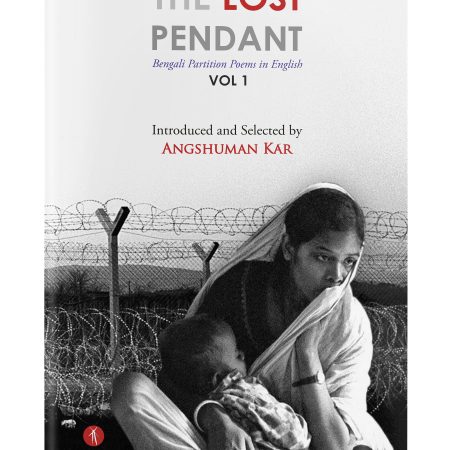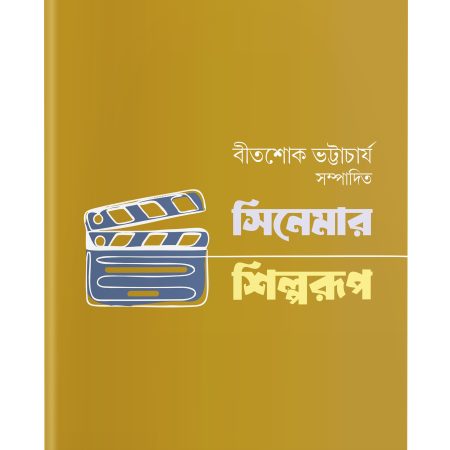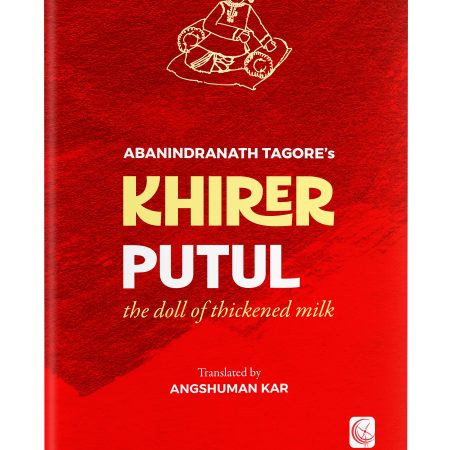HAWAKAL Newsletter – June 13, 2020
The Whispering Tree: poems of love and longing
K. Satchidanandan
[translated from Malayalam by the poet]
Lovers can define love. What happens when a poet turns lover? He interprets it as a fever that “subsides after a week of nightmares.” The poet describes fondness, if it fits as a perfect synonym of ‘love,’ as smallpox. The lover bears “scarred memories” until death. He marks love as cancer that takes time to get diagnosed. The poet finds it insane as lovers “murmur, sing, laugh, quarrel, / and roam around, all, alone.” Love, as he expounds, becomes “sweetest” when ubiquitous, and thus, he emerges as Radha. The merger was on the cards, perhaps! Had this not been true, Satchidanandan won’t have corroborated love with the maladies. He became one with Radha and named it “unrealized!” Who else can portray love, if not a poet, in the light of the gopi who never admitted her attainment? A sense of submission prevails in this collection.
The Mark | Bitan Chakraborty
[translated from the original Bengali by Utpal Chakraborty]
The collection of seven short stories enables readers to identify the often ignored signs of day-to-day living. It also allows them to revisit memories, resulting in the revival of a few existential queries, buried in our hearts for years. Dustin Pickering comments in his foreword: “Chakraborty is in defiance of the postmodern tropes that rule conventional storytelling in contemporary fiction. The brilliance of his storytelling is he does not defy deconstruction, but rather elaborates on it thematically. The story begins and ends on the same note, with the same trouble. Yet the full picture does not emerge until we endure the story with the characters. We become participants or observers of the action as we pick through its details. Chakraborty is not reacting against postmodern philosophy—instead, he is revealing a visionary approach to solving the impasse of the narrator by letting the story tell itself as well as inviting the reader’s surprise.”
Hibiscus: poems that heal and empower
Editors: Kiriti Sengupta | Anu Majumdar | Dustin Pickering
Chief editor Kiriti Sengupta writes of the concept behind the book: “As a clinician, I can tell you, healing is not all about back to normalcy, or in other words, restoration of the state of being. Healing imparts strength. It renders authority.” A distinct relationship exists between healing and empowerment that this anthology intends to convey. Hibiscus houses 104 poets — luminaries like Keki N. Daruwalla, Mamang Dai, Sudeep Sen, Bina Sarkar Ellias, Sanjeev Sethi, Sanjukta Dasgupta, Wang Ping, Tim Kahl, John Grey, Michael R. Burch, Claudine Nash, Gerard Sarnat, among others.
SUDEEP SEN | Interviews
A generous 352-page selection of the best conversations and interviews with the writer on his life and work, culled from over 30 years or so, which have appeared in newspapers, magazines and journals around the world. Leading international and national scholars, critics, writers and journalists have spoken to Sen in detail about the intricacies of his literary craft; about his preoccupations, interests and obsessions. Taken together, the book, as published by CLASSIX, an imprint of Hawakal, reveals the important interior spaces, and his creative and intellectual landscape of “one of India’s foremost poets.”
Reels: 25 movies from the dress circle | Shoma A. Chatterji
Veteran film critic Shoma A. Chatterji handpicks from Andhi to A Death in the Gunj, from Mughal-e Azam to English Vinglish, and from Madhumati to Zubeidaa. Chatterji writes in her review of HAHK: “[The film] came (1994) nearly two decades after Jai Santoshi Maa left the scene. But the message was clear: if a crudely produced, low-budget, star-less Jai Santoshi Maa (1975) could captivate audiences for months together and initiate a fasting ritual among all Hindu women on every Friday for sixteen Fridays, two decades on, this needed to be decked, packaged and presented in modern, jazzy, dazzling clothing that did not compromise on a lavish budget in keeping with the economic policies of the Manmohan Singh. And this was precisely what Hum Aapke Hain Koun..! had done.” The book is a must-read for all film buffs, reviewers, and scholars of film studies.


